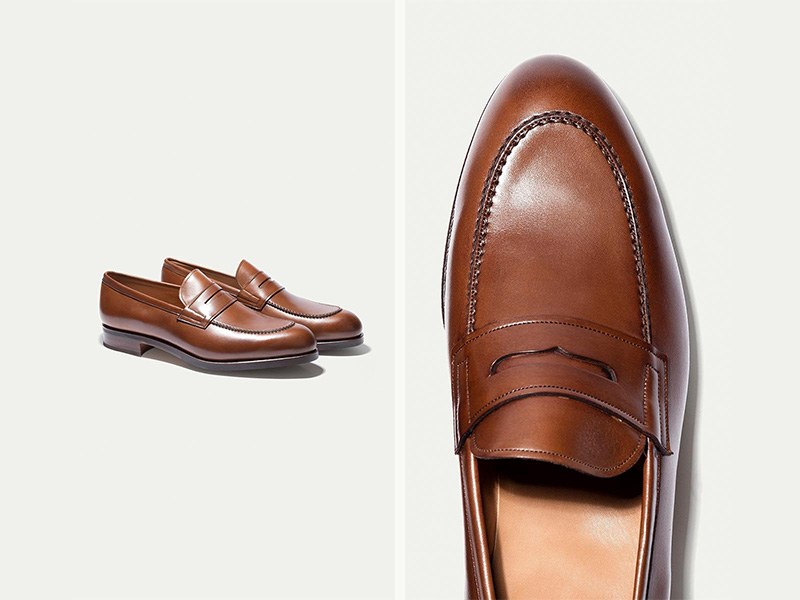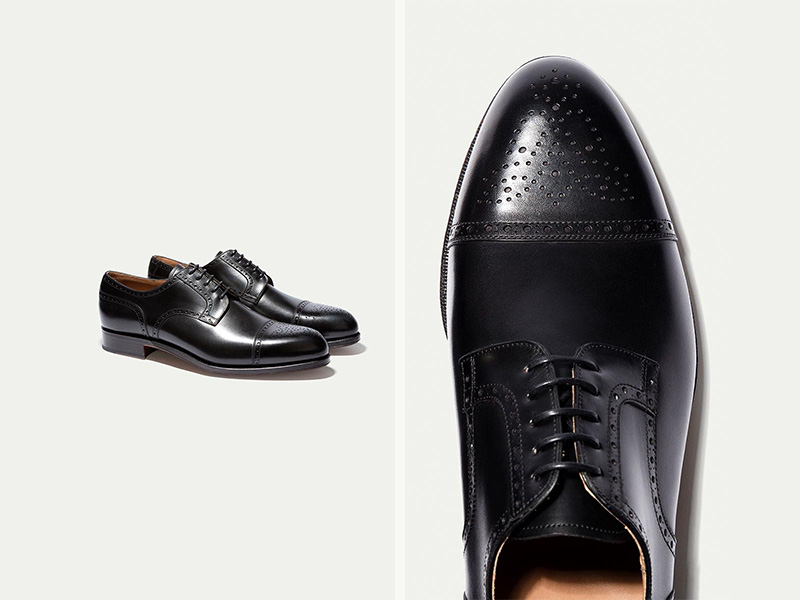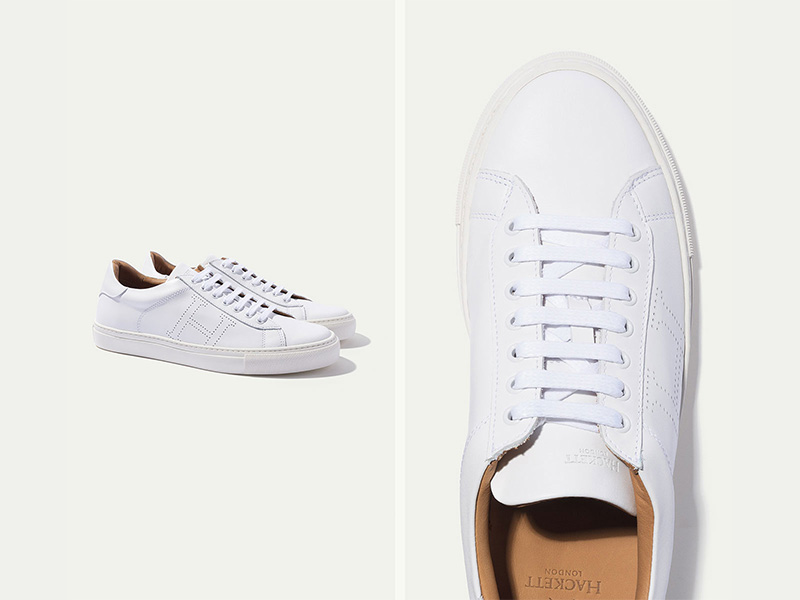In your bag (0)
The Shoe Guide
Let it be known: a true gent knows his oxfords from his derbys. The key is to educate yourself. And that, our good sir is where we come in. Introducing the Hackett shoe guide.
Shop ShoesThe Loafers
WHAT: Low, laceless, slip-on shoe.
THE HISTORY: A bespoke shoe company, based in London, was established in 1847 and developed the first Loafer for the landed gentry and the royal family. Designed for King George VI as a casual house shoe, the cut is now one of the most popular in Britain.
WEAR WITH: Casual loafers can be worn with denims and khakis. More formal style should be matched with combinations and casual suiting.

The Classic Oxfords
WHAT: A formal looking shoe with closed lacing with the tongue stitched to the upper part of the shoe.
THE HISTORY: Unlike early shoes, Oxfords were cut smaller than the foot. However, the side slit evolved and the lighter-weight shoe became popular with the students of Oxford University. The name stuck.
WEAR WITH: When you want to add a dash of sophistication to your ensemble.

The Derby
WHAT: More casual than the Oxford, the Derby has open lacing with a tongue that is the same piece of leather as the upper part of the shoe. They also allow for more adjustment with a wider fit.
THE HISTORY: A popular sporting and hunting boot in the 1850s, however by the turn of the 20th century, the Derby had become established wear for towns folk.
WEAR WITH: Tweed for formal or denim for casual.

The Trainers
WHAT: Lace-up in leather or suede, with rubber sole. Accepted in the workplace, restaurants and even members’ clubs, the modern sleek trainer is an edgy alternative of a casual shoe.
THE HISTORY: Designed as a sports shoe in the 1880s, the humble rubber-soled trainer has evolved as a staple in the modern gentleman’s wardrobe.
WEAR WITH: When you want to add a modern touch to your slim cut suit, or simply with chinos, denim or shorts.
